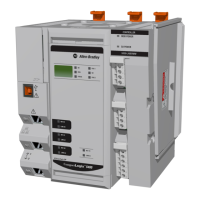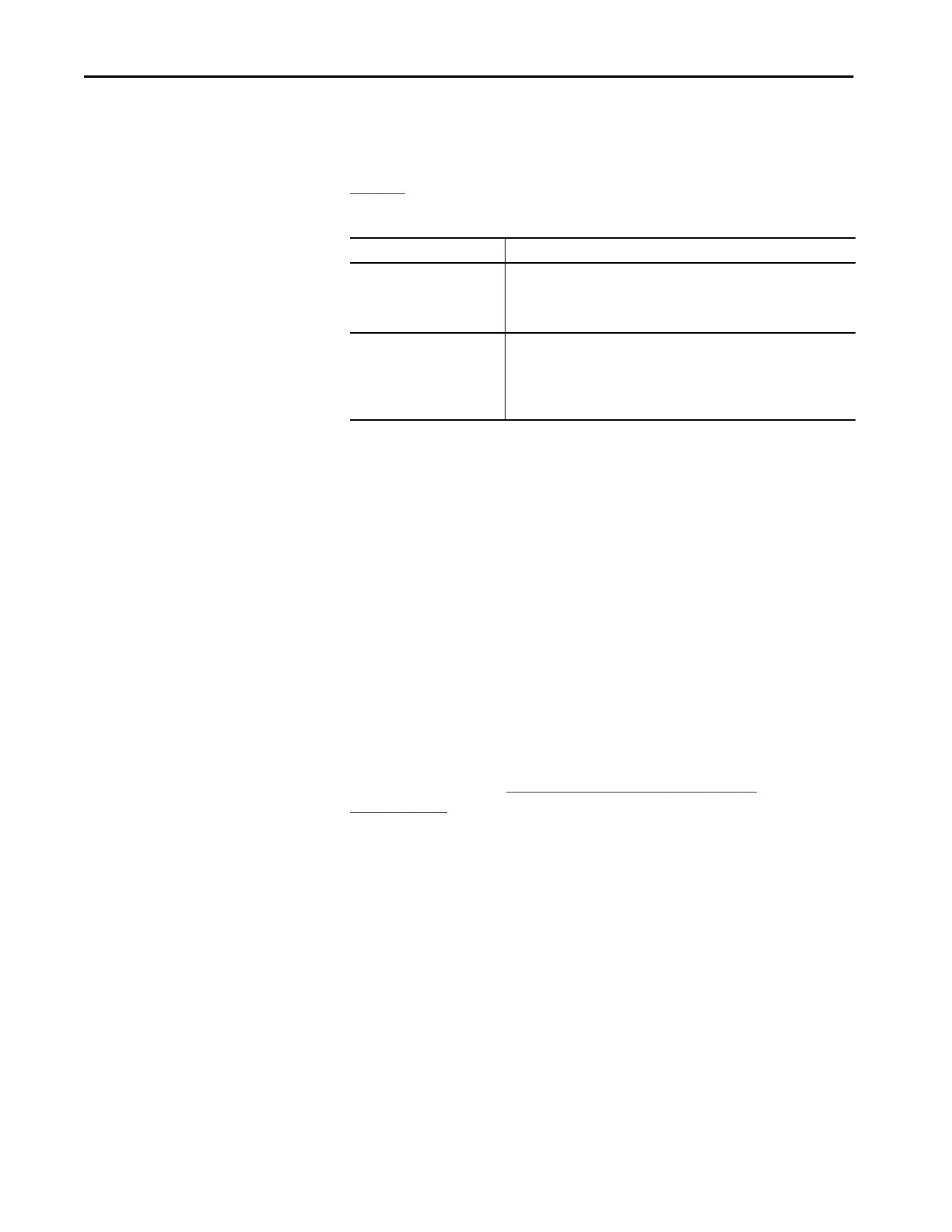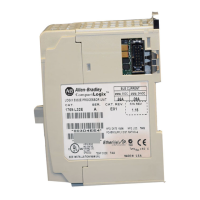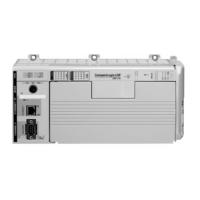200 Rockwell Automation Publication 5069-UM002A-EN-P - January 2019
Chapter 8 Develop Control Applications
Determine Whether to Cache Message Connections
When you configure a message instruction, you can cache the connection. Use
Table 17 to decide to cache a connection.
.
Monitor I/O Connections
If communication with a device in the I/O configuration of the controller does
not occur in an application-specific period, the communication times out and
the controller produces warnings.
The minimum timeout period that, once expired without communication,
causes a timeout is 100 ms. The timeout period can be greater, depending on
the RPI of the application. For example, if your application uses the default
RPI = 20 ms, the timeout period is 160 ms.
For more information on how to determine the time for your application,
search the Rockwell Automation® Knowledgebase for answer ID 38535. The
document is available at
http://www.rockwellautomation.com/
knowledgebase.
Table 17 - Options for Caching Connections
If the Message Executes Then
Repeatedly Cache the connection.
When you cache the connection, the connection remains open and execution
time is optimized. If a connection is opened each time that the message
executes, execution time is increased.
Infrequently Do not cache the connection.
When you do not cache the connection, the connection closes upon completion
of the message. As a result, the connection is available for other uses.
Unconnected messages are best used for infrequent cached message
connections.
TIP Cached connections transfer data faster than uncached connections. The
CompactLogix 5480 controller can cache as many as 256 connections.

